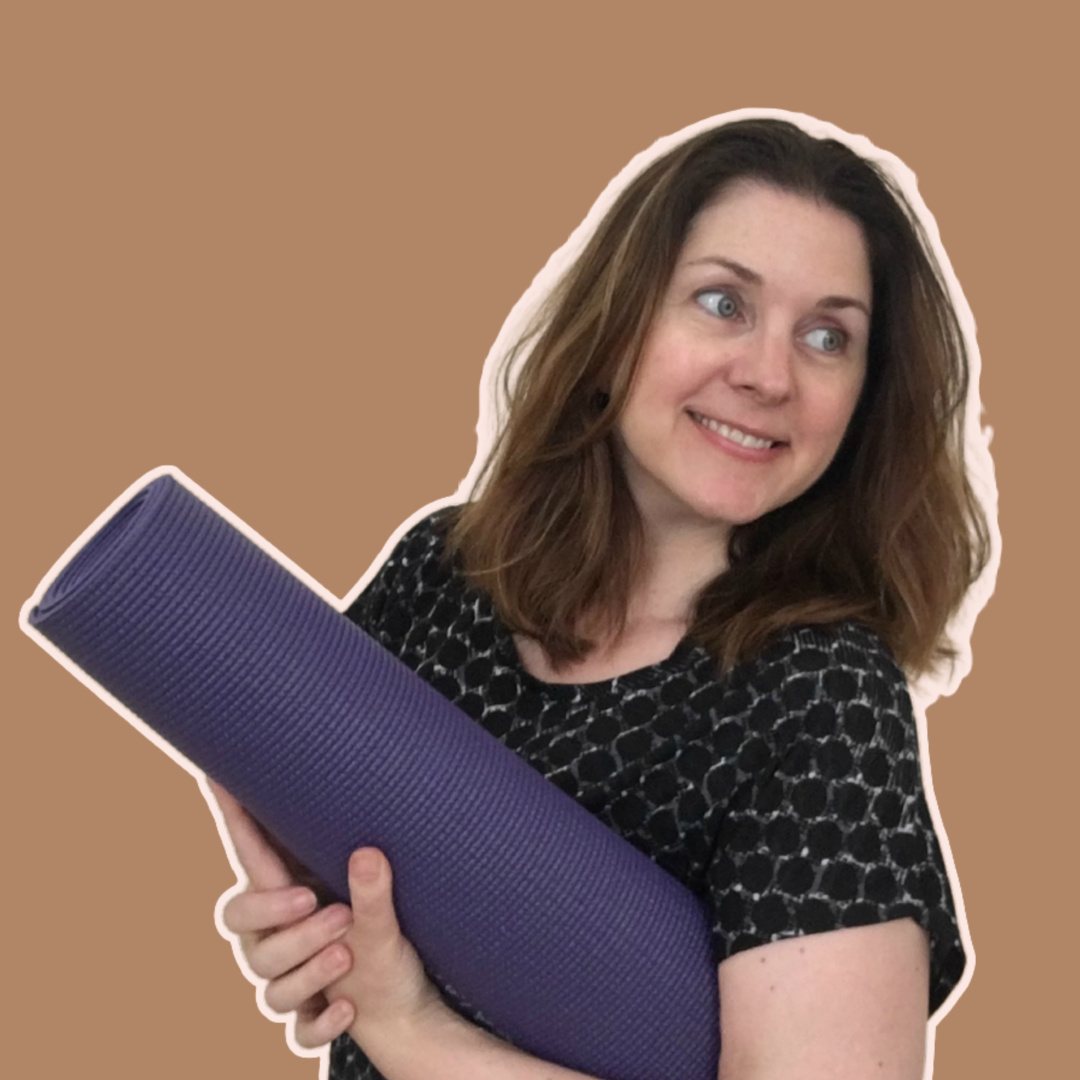I have been using a health watch called Fitbit Charge for almost 10 months. I bought it as I was interested in tracking my daily steps and sleep monitoring. You can read my initial thoughts on it !here
It syncs easily to my iPad using Bluetooth and a WiFi connection. The charge on my watch lasts for just over a week which is good, but notification on low battery isn’t great. When I originally bought it I didn’t know the only way to download the data was to create an account on the Fitbit website and didn’t set one up originally. If you are interested in analysing your data over your monthly cycle it is worthwhile setting up an account.
- It also tracks;
- stairs climbed,
- distance walked,
- calories burned and
- active minutes.





